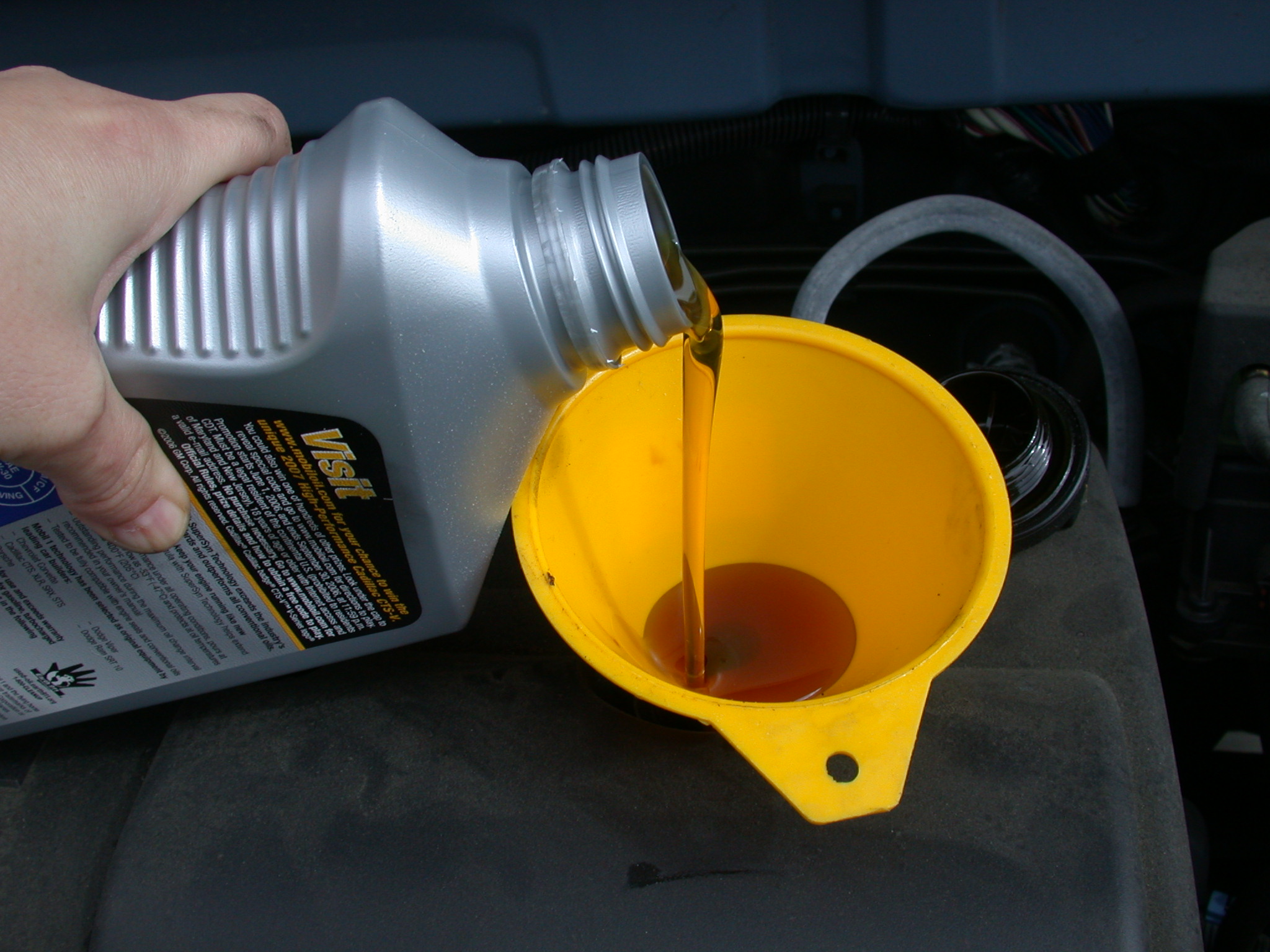About a quarter of the liquid in a typical quart of oil is additive. Actually, it is the additive that really plays the magic. Actually, additives are the elements that really work. They help to extend the viscosity range of the oil, allow it to withstand high pressures and loads, handle contaminants in the crankcase, and reduce friction for improved fuel economy.
One of the most important additives is “Viscosity Index (VI) Improvers”. These help the oil maintain a consistent viscosity as temperature and load change. “Pour point depressants” are also used to prevent the oil from thickening at low temperature for easier starting.
Modern motor oils also contain detergents and dispersants to reduce varnish and sludge formation to keep the engine clean. There are also “anti-oxidants” to minimize oil burning when the oil gets hot. This also helps reduce the formation of varnish and carbon deposits inside the engine.
Rust and corrosion inhibitors are added to counteract the harmful effects of water, unburned fuel and exhaust gases that blow past the rings and enter the crankcase. This prevents the formation of acids that can pit bearing surfaces. “Foam inhibitors” are used to minimize the formation of air bubbles as the oil is churned by moving parts. “Wetting agents” help the oil stick to hot surfaces so it doesn’t run off and leave the metal unlubricated and unprotected.
Finally, there are “anti-wear” and “extreme-pressure” additives. These include zinc and phosphorus (ZDDP) that provide wear protection when metal touches metal. Racing oils typically have a higher dose of zinc to provide extra protection in high revving, high load applications. For more information on this subject, see ZDDP – What is it & Why do you need it?
AFTERMARKET OIL ADDITIVES & CRANKCASE TREATMENTS
Engine oil additives and treatments include friction reducers/modifiers, products that help reduce oil burning, engine flushes to remove carbon. varnish and sludge deposits inside the crankcase, and moly and teflon-based crankcase additives that help reduce wear and extend engine life. These products can’t work miracles, but they can reduce oil consumption in older engines and help protect newer engines against premature wear.
Most vehicle manufacturers do NOT recommend using any type of aftermarket oil additive. Quality motor oils should contain all the additives that are necessary for normal service and to maintain oil lubricity between normal oil change intervals. On the other hand, most vehicle manufacturers do NOT prohibit the use of aftermarket oil additives in newer engines.
Aftermarket oil additives make the most sense for older, high mileage engines that are burning or leaking oil, or that may be used for severe service or racing.
In recent years, the level of phosphorus has been reduced in motor oil because phosphorus can contaminant the catalytic converter if the engine is burning oil. Phosphorus is an anti-wear additive, so there is some concern that lower levels of this essential additive may increase wear in older engines that have flat tappet cams instead of roller cams. To help protect older engines with flat tappet cams against wear, using an aftermarket oil additive that contains phosphorus or other anti-wear additives may help prolong engine life.
Update: November 2008
New Motor Oils Are Bad for Older Engines with Flat Tappet Camshafts
If you are driving an older classic muscle car or hot rod that has an engine with a flat tappet camshaft, you should be aware of the fact that today’s “SM” rated motor oils contain much lower levels of anti-scuff additive called “ZDDP” (Zinc Dialkyl Dithio Phosphate). The level of ZDDP in current motor oils has been reduced to no more than 0.08% phosphorus to extend the life of the catalytic converter. Phosphorus can contaminate the catalyst over time if the engine uses oil, causing an increase in tailpipe emissions.
The lower ZDDP content is not harmful to late model engines with roller lifters or followers because the loads are much lower on the camshaft lobes. But on pushrod engines with flat tappet cams, the level of ZDDP may be inadequate to prevent cam lobe and lifter wear. In some cases, cam failures have occurred in as little as a few thousand miles of driving! This is even more of a risk in engines if stiffer valve springs and/or higher lift rocker arms are used.
To avoid such problems, you should add a ZDDP additive to the crankcase, or use an oil that meets the previous “SL” service rating, or use diesel motor oil or racing oil that contains adequate levels of ZDDP to protect the camshaft and lifters.
If you are installing a new camshaft in the engine, be sure to use the cam manufacturers assembly lube and follow the recommended break-in procedure. But you will still need to add ZDDP to the crankcase or use an oil that contains adequate levels of ZDDP for continued protection.

What makes the “oil” become the “oil” ?
by
Tags:
